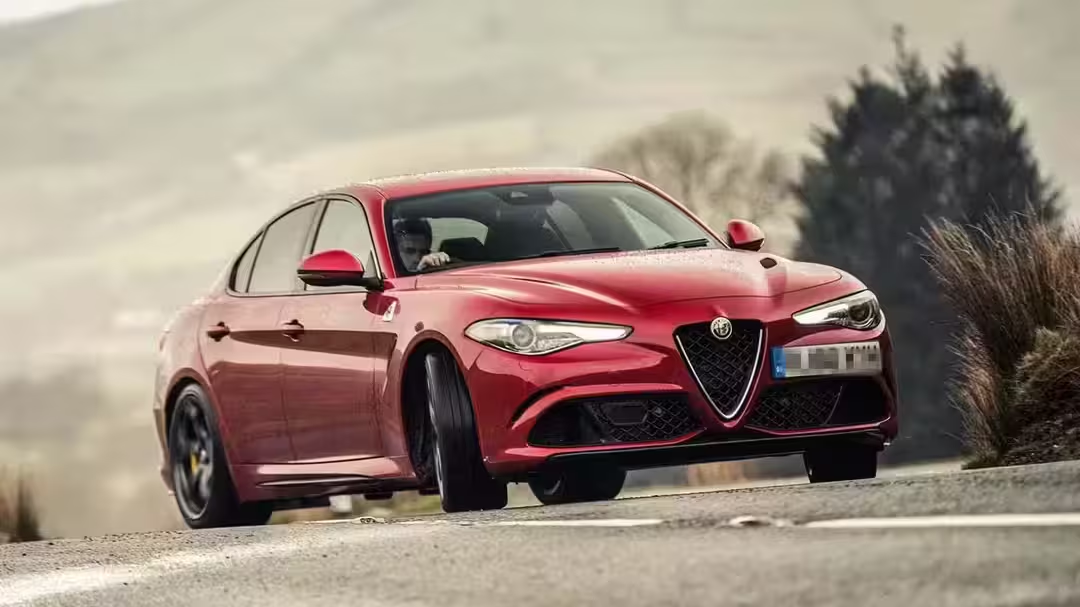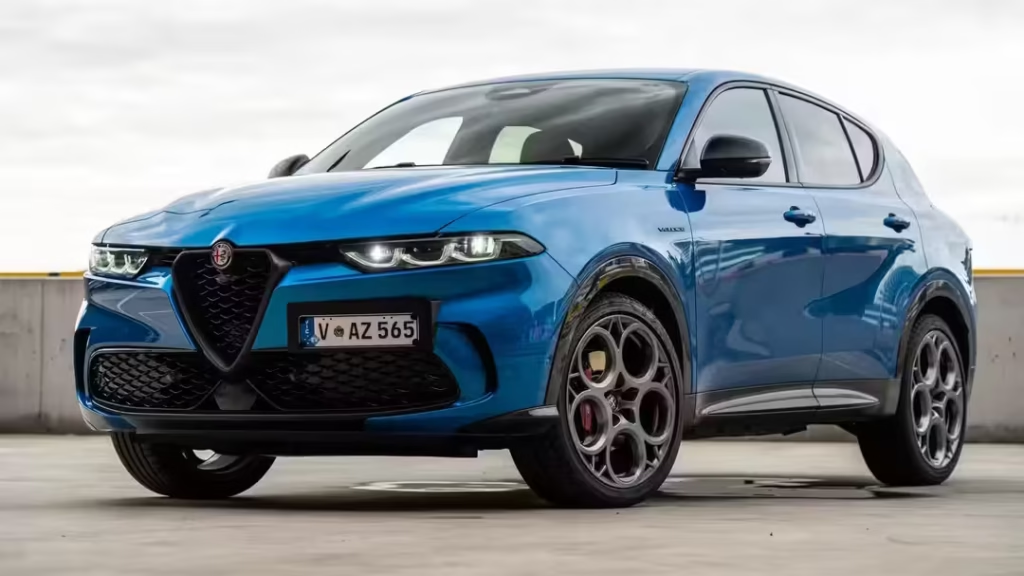Why Alfa Romeo Cars Are Currently Undervalued and Which Models Are Set to Increase in Value

Legendary Italian manufacturer Alfa Romeo has always won over vehicle buffs all across with her beauty. Renowned for its enticing design, rich racing legacy, and exciting driving dynamics, the brand provides an experience rather than only mobility. Even with this passionate pedigree, many Alfa Romeo vehicles are underpriced in the market right now. Many find that fact shocking, particularly in light of some of its European rivals’ outrageous charges.
Still, this undervaluation is not intrinsically negative. It presents a rare chance for smart collectors and investors. Some Alfa Romeo cars are starting to attract rightfully earned attention as the market for classic and performance vehicles changes. Let’s investigate the reasons these Italian beauties remain underappreciated as well as which ones are likely to have a value explosion.
Why Are Alfa Romeo Cars Undervalued?
Market Perception Still Lags Behind Competitors
Alfa Romeo automobiles are underpriced mostly due to market perception. The brand has sometimes lurked in the shadow of German powerhouses like BMW, Audi, and Mercedes-Benz over years. These producers have developed a great reputation for luxury, innovation, and extensive dealer systems. By comparison, Alfa Romeo’s image has stayed more exclusive and emotionally charged—something that doesn’t always translate into resale value in the perspective of average consumers.
Alfa Romeo has usually drawn purists, drivers who give feel, character, and design top priority over simple utility. Although this strategy has produced some quite remarkable machines, it has not helped the brand keep parity with rivals in terms of depreciation. Many Alfa Romeos so provide great value on the used market simply because they haven’t been as commercially adopted.
Respected Reliability Issues
Historically, Alfa Romeo has been shadowed by dependability issues. Though lovely and interesting, models from earlier decades occasionally suffered from mechanical gremlins and electrical oddities. These problems developed a reputation that, for a period, was challenging to change.
Modern Alfa Romeos, especially those constructed after 2015, have clearly improved in quality and dependability, nonetheless. Still, view sometimes falls behind reality. Resale values are affected by purchasers’ ongoing association of the brand with costly upkeep and possible problems. The present undervaluation of various Alfa Romeo models is significantly influenced by this gap between reputation and reality.

Limited Brand Visibility in Principal Markets
Alfa Romeo’s limited exposure, particularly in areas like Australia and North America, adds still another reason it is underpriced. Alfa Romeo has had a spotty presence in several important markets unlike other manufacturers who have significantly committed in worldwide brand building. Low sales volumes, fewer dealerships, and restricted promotion have all added to the relative lack of awareness among typical automobile consumers.
Although aficionados are quite familiar with what the brand offers, the larger customer group sometimes ignores Alfa Romeo totally. For at least now, this lack of awareness translates into less demand on the used market. Demand is projected to climb, though, as aficionados and collectors start to focus on these vehicles.
Which Alfa Romeo Models Are About to See Value Increase?
Although Alfa Romeo’s present market share would seem small, some models are gathering steam in collector markets and enthusiast circles. These cars promise future appreciation by combining rarity, performance, and styling.
Alfa Romeo 4C: The Lightweight Future Classic
One amazing illustration of form meeting purpose is the Alfa Romeo 4C. Originally unveiled in 2013, this mid-engine sports car boasts a carbon fibre monocoque chassis—a design typically reserved for supercars. Under 900 lbs, the 4C gives pure driving performance first priority above creature comforts.
Driven by a turbocharged 1.75L four-cylinder engine, the 4C produces visceral driving experience and quick handling. The 4C is already regarded as a modern collectible given limited production numbers and no obvious successor in view. The value of the 4C is expected to climb dramatically as more collectors search for light-weight, analog driving devices.
Alfa Romeo GTV (916) – Strong Design Meets V6 Performance
Made in the mid-1990s and early 2000s, the Alfa Romeo GTV (916) is quietly returning. Written by Pininfarina, the GTV features dramatic style that has aged really brilliantly. Although four-cylinder vehicles have good performance, the V6-powered models—especially those with the venerable Busso engine—are attracting a lot of interest.
Many people consider this engine to be among the most exquisitely sounding V6s ever produced. Together with restricted availability and strong chassis dynamics, the GTV V6 is growingly appealing. Expect the GTV to command more as appreciation for performance cars from the 1990s and early 2000s rises.
Alfa Romeo Spider (916) – Italian Elegance Open-Top
Although the Alfa Romeo Spider (916) offers the extra appeal of open-top motoring, its platform and appearance are those of the GTV. For sunny weekend trips, the Spider is the perfect vintage convertible with its lively driving feel, broad lines, and small scale.
Right now, early models are especially reasonably priced; values are beginning to rise nevertheless. The Spider is a chic and unappreciated jewel as aficionados search for unusual substitutes for more standard convertibles. Growing interest in convertibles from the 1990s means the Spider will ride that wave.
Alfa Romeo Giulia Quadrifoglio — Ferrari DNA in a Four-Door
In performance sedan design, the Alfa Romeo Giulia Quadrifoglio stands as a contemporary masterpiece. Driven by a 2.9L twin-turbo V6 built with Ferrari experts’ feedback, it mixes exquisite Italian styling with explosive speed. It is emotive, agile, and wonderfully balanced—not only quick.
Early Quadrifoglio models are still reasonably priced even with critical praise and a growing enthusiast community. But among collectors, high-performance combustion vehicles like the Giulia Quadrifoglio are growing more appealing as the industry moves toward electrification. Its special powertrain and lineage will help to explain why prices will soon rise.
Alfa Romeo Montreal: An Odd Dream Machine from the 1970s
Among the most unusual and rare vehicles available from a brand is the Alfa Romeo Montreal Built in small quantities during the 1970s, the Montreal had a futuristic look with a 2.6L V8 engine borrowed from races. It was a real grand tourer, able of high-speed cruising with obvious Italian flare.
The Montreal soared beneath notice on the collector market for years. However, lately its design and scarcity have drawn fresh attention. Collectors are looking to more easily available Italian icons like the Montreal as values for old Ferraris and Lamborghinis rocket leap soar. Prices have already started to climb; the increasing trend seems certain to stay.
Conclusion: Best Opportunity for Collectors
Alfa Romeo vehicles provide an unmatched blend of history, performance, and design. Although they could have earlier been viewed as dangerous purchases, many of the issues compromising values are now under review. The tide is changing with rising brand awareness, modern dependability enhancements, and demand for distinctive classics driving forward.
Now is the time to make investments in underpriced Alfa Romeo models for individuals driven about cars that inspire the soul. Whether your taste is for the futuristic 4C, the V6 howl of the GTV, or the exotic presence of the Montreal, each of these cars has a narrative worth telling—and a future full of possibilities.
Don’t discount Alfa Romeo if you are thinking about adding something to your garage. These cars might not remain underpriced for very long.

